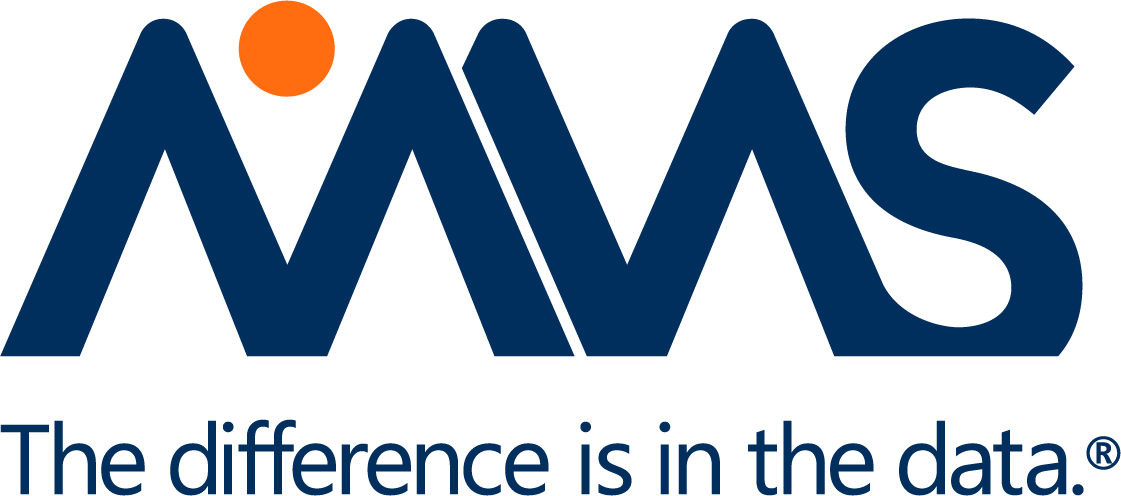The FDA recognizes that there are many patients with serious diseases who lack or fall short of current treatment options. In response to this, the agency has created four expedited development and review pathways to expedite drug development and shorten drug development timelines. These pathways include Priority Review, Breakthrough Therapy, Accelerated Approval, and Fast Track (FDA).
Each of these distinct pathways is intended to reduce the time to market for drug candidates that fill an unmet medical need for serious conditions. For clarity on each designation, please refer to the FDA website here.
Improving quality of life
For many patients, the availability of these drugs months or years earlier not only provides significant improvements in their quality of life, but may also represent the difference between life and death. In 2017, the FDA approved 28 drugs through one or more of these expedited pathways, representing 61 percent of all novel drugs approved last year.
These drugs have been approved for various indications, including several types of cancer, Chagas disease, Duchenne muscular dystrophy, hypotension, tardive dyskinesia, hepatitis C virus, Mucopolysaccharidosis Type 7, and Parkinson’s disease, among others. Many of these drugs would likely not have been available to patients in 2017 had it not been for these expedited approval pathways.
See the Center for Drug Evaluation and Research (CDER) summary of new drug therapy approvals in 2017 here.
Navigating expedited pathways
Navigating these drug-development pathways requires an in-depth understanding of health authority expectations and the required documentation. There may be times when pharmaceutical companies both large and small need to partner with an expedited development pathways expert. This targeted external expertise will be insightful for the designation process and all stages of clinical development, as well as essential support for key meetings with the health authority. Creating and submitting robust dossiers that meet the rigorous regulatory requirements for these marketing applications and addressing any agency queries in an efficient and timely manner requires considerable technical insight and subject matter expertise.
Whether it is working on drugs for rare disease indications or pediatric populations, qualified infectious disease products, or other therapies, every new drug application (NDA) supported should be the result of a strong dedication to science, effective quality control, and a sense of urgency.
Post-approval risks
At times, unexpected challenges may arise following marketing approval, such as issues with manufacturing or expanding the drug supply chain. Other complex post-approval activities may include substantiating efficacy claims when a surrogate endpoint was used for approval or managing risk when unexpected adverse effects arise during post marketing safety surveillance.
Recently, there has been an increased focus on expedited approval pathways due to an increase in safety-related labeling changes, especially boxed warnings and contraindications, compared to drugs approved through traditional development and review pathways. The factors contributing to these different rates may vary as the indications that are approved through these pathways often have significant morbidity and/or mortality; however, extensive safety risk management and pharmacovigilance experience is extremely helpful in these situations.
A cross-functional approach, combining regulatory expertise, data management, biometrics, regulatory writing and affairs, and safety risk management and pharmacovigilance, allows for a level of risk mitigation that cannot be provided by any one functional line working in isolation. Expedited development and review pathways present their own unique set of challenges; and having the right experience and technical insight to navigate these challenges is critical. As the FDA states, “speeding the availability of drugs that treat serious diseases are in everyone’s best interest.”
by Amanda Beaster, Ph.D. and Janiel Shields
